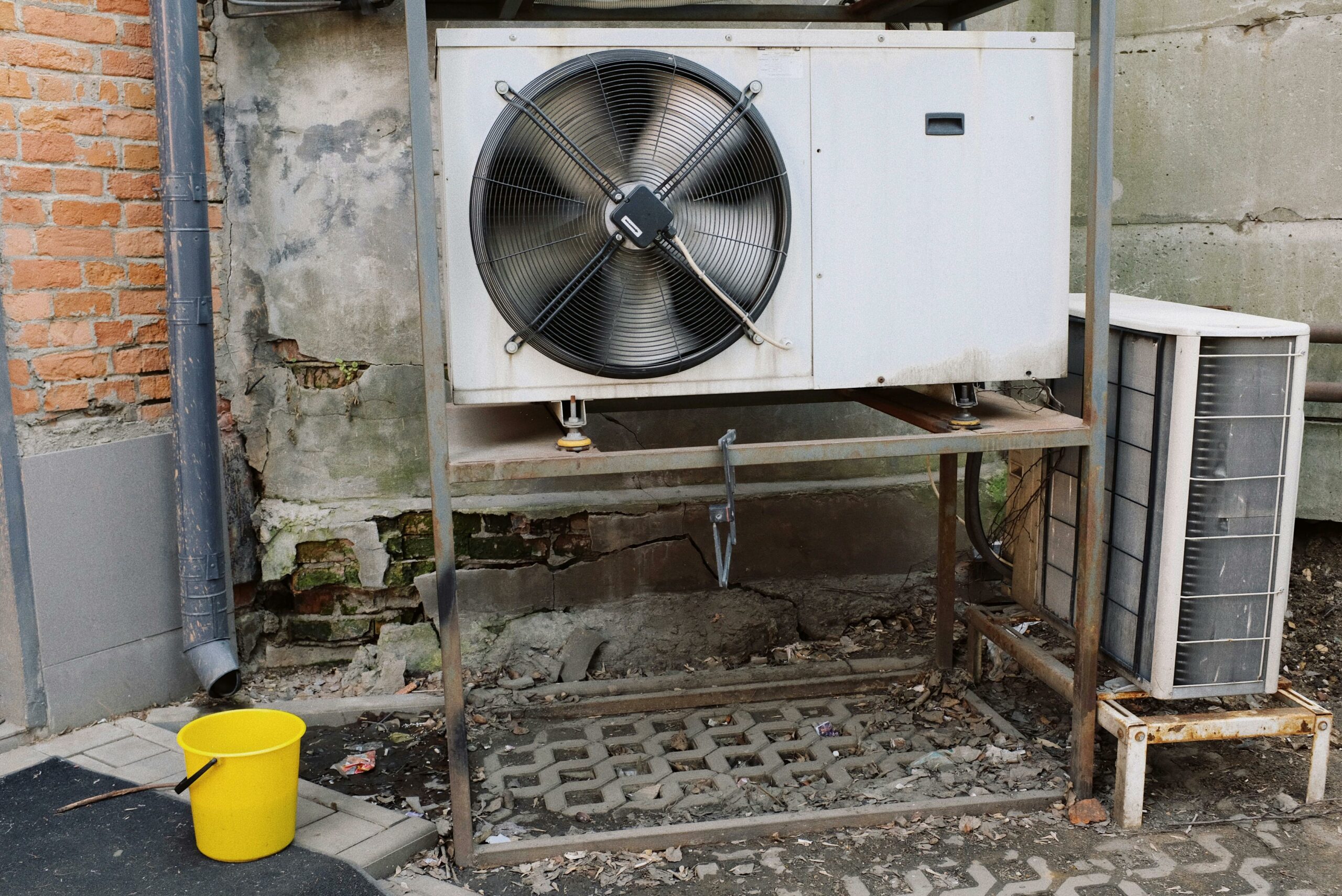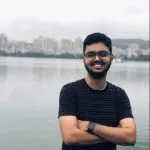The following contribution is from another author. Planting has changed a lot over time. We went from simple farming to using fancy tools and methods. Nowadays, with more and more buildings and less space for farming, people are trying new ways to grow food. One of these new ways is called hydroponics, which is like growing plants without soil. It’s getting popular, especially in cities. So, a big question many are asking is: How does growing plants indoors with hydroponics compare to the old way of planting outside in the Soil? Below I will compare these two methods from different angles and tell you the answer.
1. Different Core of Two Planting Growing Modes
Indoor Hydroponics: At its core, hydroponics is a method of growing plants without soil, using mineral nutrient solutions in an aqueous solvent. Crucial components include water, essential nutrients, growth medium (like coconut coir or perlite), and artificial grow lights to supplement or replace sunlight.
Outdoor Soil Planting: Traditional farming relies on the bounties of natural soil, replete with nutrients, and the golden rays of the sun. The soil not only provides sustenance but also houses a myriad of microorganisms beneficial for plant growth. Planting in soil might look basic next to hydroponics, but it’s got its own set of perks. It’s all-natural, and plants grow the way they’ve always grown. Plus, facing outdoor challenges, like bugs and changing weather, can make plants pretty tough.
2. Advantages and Disadvantages of Both Planting Methods
2.1 Advantages of Indoor Hydroponics
- Controlled Environment: You get to control everything about where your plants grow. This means they can grow all year round, no matter the season.
- Water Efficiency: Hydroponics recycles water, so it uses way less than regular farming.
- Space-Saving: With hydroponics, you can grow plants upwards (we call this vertical farming). It’s a big win for city places where there isn’t a lot of space.
- Fewer Bugs: Since it’s indoors and there’s no soil, there’s way less chance of getting pests or diseases that come from the soil.
2.2 Disadvantages of indoor hydroponics
- Starting Cost: Setting up a hydroponic system, especially the fancy ones, can cost a good chunk of change upfront.
- Need Some Know-how: You gotta know what you’re doing to keep everything running right. It’s not just a set-it-and-forget-it thing.
- Electricity Bill Might Go Up: Using those special lights and pumps means your power bill could get a bit higher.
2.3 Advantages of Outdoor Soil Planting
- Good Old Nature: Plants grow just like they always have, with Soil, little critters in the soil, and sunshine.
- Cheaper to Start: Kicking off a garden outside? Usually way cheaper than getting a hydroponic system set up.
- Feels Good: A lot of folks just love the feel of Soil in their hands and find regular gardening super relaxing.
2.4 Disadvantages of Outdoor Soil Planting
- Weather Woes: Sometimes, Mother Nature can be a real pain. Bad weather like unexpected droughts, floods, or weird temperature changes can mess with your crops.
- Bugs and Illnesses: Soil can sometimes bring along unwanted guests, like pests and diseases.
- Needing Room to Grow: Regular farming needs a good bit of flat space. That’s tough if you’re in the city where there’s not much room to spread out.
3. Environmental Impact and Sustainability of Both Ways
3.1 The impact of indoor hydroponic growing on the environment
- Reduced Carbon Footprint: The localization of hydroponic farms, especially those proximate to urban centers, translates to reduced transportation emissions.
- Water Conservation: Arguably one of the strongest suits of hydroponic farming is its efficiency in water use. By recirculating water, these systems can use up to 90% less water than conventional farming. In an era where water scarcity is becoming a palpable threat, such efficiency cannot be understated. However, it’s crucial to mention that hydroponics, especially indoor systems, often rely heavily on electricity. If this electricity isn’t sourced from renewable sources, it could negate some of the system’s environmental benefits.
3.2 The impact of outdoor planting on the environment
- Less Carbon Junk: Hydroponic farms, especially the ones close to cities, mean way less trucking around of veggies. So, fewer trucks mean less pollution.
- Saving Water: One big win for hydroponics? They’re super water-smart. They keep using the same water, so they can use a lot less of it—like 90% less than regular farms. And let’s face it, we’re running out of water in some places, so every drop counts. But, here’s the thing. These hydroponic setups, especially the inside ones, can use a lot of power. And if that power isn’t coming from green sources, it kind of messes with the whole eco-friendly vibe.
3.3 Economic impact of indoor hydroponic growing
When it comes to selecting a growing way, understanding its economic implications is paramount. Both hydroponics and traditional soil planting offer distinct financial prospects that could determine their feasibility for many.
- Bigger Harvests: If you get a hydroponic system running just right, you can get a lot more plants out of it than you’d get from the same space of regular Soil farming. Plus, since you control the environment, you can grow stuff all year, which means more money coming in consistently.
- Cutting Down on Trucking: Since many hydroponic farms are right in or near cities, you don’t have to truck the produce as far. That means it’s fresher for the buyer, costs less to ship, and we’re putting less truck exhaust out there. But here’s the catch. Setting up one of these indoor farms, especially the fancy ones, can cost a pretty penny. And they can run up your electric bill, especially if you’re using a lot of grow lights. So, that can eat into how much you’re making.
3.4 Economic impact of outdoor growing
- Cheaper to Start: Kicking off a farm outside can be way easier on the wallet, especially if you’re in a place where land doesn’t cost an arm and a leg. You don’t need fancy tech, and honestly, Mother Nature does most of the work for you.
- Organic Goodness: Plants grown in the Soil, especially without using any fake chemicals, can be sold as organic. That’s cool because folks are willing to pay more for organic stuff these days. But, old-school farming’s got its downsides. Weather can be a real game-changer, and not always in a good way. Plus, bugs, diseases, and needing a ton of space (way more than those stacked-up hydroponic setups) can be headaches.
4. Looking Forward: The Fusion of Old and New
In the grand tapestry of agriculture, both hydroponics and traditional soil planting represent essential threads. As we stand on the precipice of a new era, the confluence of these two approaches offers promise. Innovations in hydroponic technology like Aerogarden and LetPot, coupled with the enduring wisdom of traditional farming practices, could foster systems that are not just productive, but also ecologically harmonious. It’s a hopeful vision of a world where cities might be lined with vertical farms, even as rural expanses continue their age-old dance with the seasons. As cultivators, consumers, and custodians of the Earth, our task is to weave these threads together, crafting a sustainable, nourished future for all.
5. Conclusion
Farming is kinda at a crossroads right now. On one side, we have super-cool indoor hydroponics that make the most of every inch and drop. On the other, there’s classic farming – which is all about our age-old bond with Mother Earth. It’s not about saying which one’s the champ; both have their own cool points and not-so-cool bits. As the global community grapples with challenges like climate change, resource scarcity, and burgeoning populations, solutions from both realms of agriculture are crucial. By drawing from the time-tested methods of traditional farming and the technological advances of hydroponics, we might just chart a path forward that feeds the world while nurturing our planet. When it comes down…
Source link























